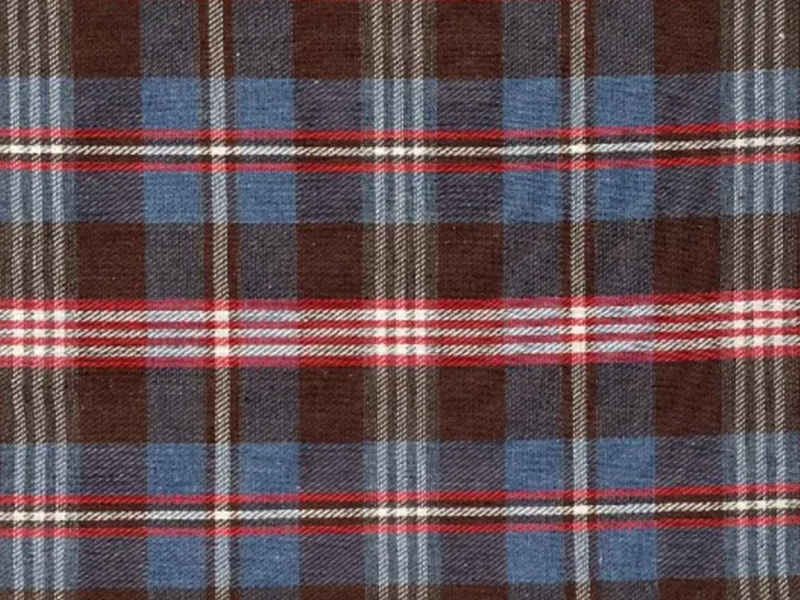Among the many types of fabric, nylon taffeta is a common one. It is often used in tents, storage covers, and packs. It has a smooth surface and is also durable. Nylon taffeta is also downproof, making it great for outdoor applications.
Traditionally, taffeta fabric was made from silk. However, in the past few decades, this fabric has been manufactured from synthetic fibers. It is also sometimes made from semi-synthetic substances.
Taffeta fabric has a pronounced texture, with a crisp and paper-thin surface. It is commonly used for party attire. It also is a popular fabric for garments and handbags. It is considered a high-end fabric.
The fabric is often woven in a plain-weave technique. This technique has a perpendicular thread and a single warp thread. The warp is also a different color. This makes a checkerboard pattern. It is important to pull the fabric straight before sewing it.
Taffeta can also be made from silk, polyester, and rayon. However, most environmental activists choose silk due to its minimal impact on the environment. In addition, it is a highly breathable fabric.
A 70-Denier Nylon Taffeta is an ideal choice for storage covers, jackets, and tents. It is abrasion resistant, waterproof, and has a firm hand. It is also lightweight. Its 4.3 oz./sq. yd. fabric is ideal for applications that require high water resistance. It also has a firm hand and is a good choice for purses.
Nylon taffeta fabric can be difficult to work with when sewing certain patterns. In addition, it requires frequent needle changes. To minimize the risk of holes and snags, it is recommended to pre-wash the fabric before sewing.













